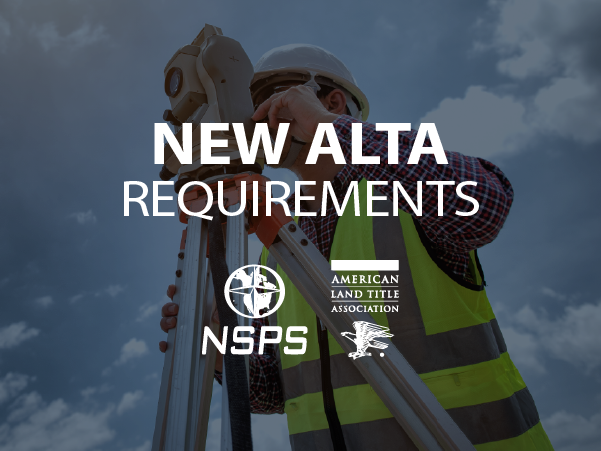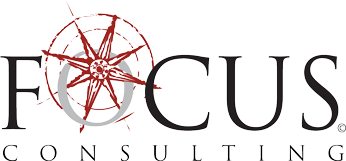
New ALTA Land Survey Requirements
Updated standards help Utah surveyors provide accurate project insights
Whether an existing building or new commercial site, FOCUS surveyors know an accurate survey is critical to project success. We utilize state-of-the-art equipment to provide precise information for clients who may be acquiring, selling, or lending in a commercial real estate transaction.
Our experience also extends to staying abreast of the latest standards and requirements that apply to professional surveying services. One such area that we maintain extensive knowledge of are ALTA/NSPS surveying requirements.
ALTA stands for American Land Title Association and NSPS stands for National Society of Professional Surveyors. The two associations collaborated to develop a national set of guidelines that would give our profession and title insurance industry a basis for the minimum standard detail requirements for land surveys. That first set of standards was developed in 1962 and has been revised 10 times. The standards were last updated in 2016 and FOCUS Survey Department Manager, Justin Lundberg, has eagerly awaited the changes that went into effect in February.
Justin and his survey team know an ALTA survey is a vital component title professionals and lenders use to minimize liability risks. A properly conducted and recorded ALTA/NSPS survey provides accurate insights into a property (think of a building’s height or zoning requirements) and ensures there are no issues related to a project site (like access to public utilities).
Knowing the changes to the 2021 ALTA/NSPS Standards and applying them to FOCUS surveying projects falls to Justin and Evan Wood, PLS. Evan is our senior land surveyor as well as the chair of the Standards and Ethics Committee of the Utah Council of Land Surveyors (UCLS). With over 30 years of experience, Evan is known for his in-depth knowledge of survey practices and procedures. “We’ve been discussing the changes in our bi-monthly meetings,” shares Evan. “Some of most notable changes relate to utility locate markings, so our entire surveying department has been meeting to talk about how we collect and label data. That ongoing mentoring amongst our staff is part of the FOCUS commitment to continual improvement.”



Deciphering all the revisions to the standards can be tedious. But our clients can trust that FOCUS has thoroughly reviewed the changes and will perform the survey to the most current standards. A few key changes our team found include:
Wetland delineation—One of the most significant changes was the removal of the wetlands item. Previously our surveyors were required to show the location of delineated wetland markers. It is no longer part of the due diligence for lenders.
Utility markers—Locating underground utilities like phone, gas, and water has always made fieldwork challenging. The 2021 standards provide clarity regarding the source of underground utility location to two options (plans provided by a client, or colored markings or flags located by a third-party provider like Blue Stakes).
Easements—If a surveyor discovers a recorded easement not listed in the title commitment, we must notify the title company of the easement and include a notation stating the company has been advised.
Justin and Evan were pleased to see changes to frequently misinterpreted and misunderstood terms. “These standards help streamline the process of completing an ALTA survey and bring standards up to date with processes and equipment,” Evan explains. “The updates make detail requirements more transparent and easier for all parties to understand.”
Keeping clients up to date on changes in the industry is part of our value-based culture and mission. We become the best at customer service by learning and working together to deliver better service for our clients. It’s about giving 100%.
